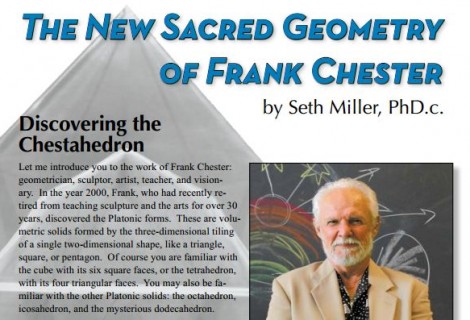An Esoteric Guide to Spencer Brown’s Laws of Form #3
« Previous Page | 1 2 3 4 5 | View All | Next Page »
So Glanville can now say:
“In order for the self (of the first instance) to distinguish the other (A, b), and the other (of the first instance) to distinguish the self (B, a), they do so by drawing a distinction, itself a self to itself (C, C). So, for instance, the distinction between the self and the other (A, b), is made by drawing the distinction that distinguishes them, C – that is (C, C) – which, although a distinction like any other distinction, has the role of distinguishing between the self A (A, A), and the other B (B, B) as other (b) to the self (A), which, thus allows the transfer across: the making of the self of the other available as an other to the other self: that is, C (C, C) transforms B (B, B), for A (A, A), into b so that (A (A, A), b), and, reciprocally, (B (B, B), a). The role of the distinction C is that it allows a self to say of an other that it is an other. It may be taken, thus, that the purpose of the distinction C, for A and B, is that it permits / creates this role change, this transfer.” (p. 4)
Now here is the place where an esoteric background is helpful. Glanville notes, following his own reasoning, that “this distinction, C, is to both A and B, itself an other. Thus, to A, C is c (A, c), and, similarly, to B, (B, c). We once again need a role transforming distinction, another distinction, D (D, D), and so on: the regression is apparently clear, although, as Varela and I have indicated [3], this formal regression leads to a logical re-entry, and so is not quite so daunting as it might normally be.” (p. 4)
But this whole business with D (D, D) and so on is simply not necessary. Why? Because there is no hierarchical regression: at any stage the infinite regression is the same as the single instance. Again, this is an esoteric mystery: that of immanence AND transcendence. This is the dual face of the ultimate: the Sufi wahdat al wujud. The single existence of C is all that is required. This “transfer function” is a necessary part of the primal distinction; it is the missing link between the mark and its value, that would otherwise create only endless duality. In other words, all distinction has a threefold nature: Self, Other, and the Self-Other Relation (or we can equally say: mark, value, and the act of distinguishing them).





